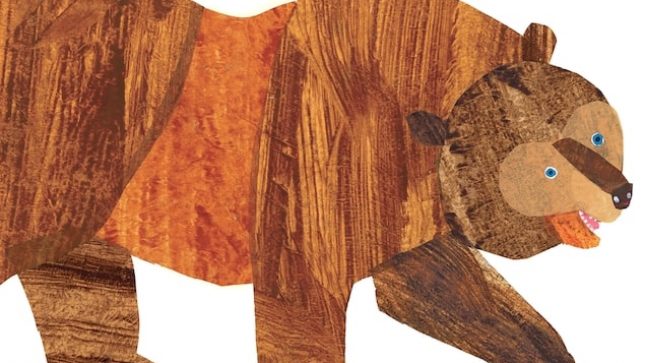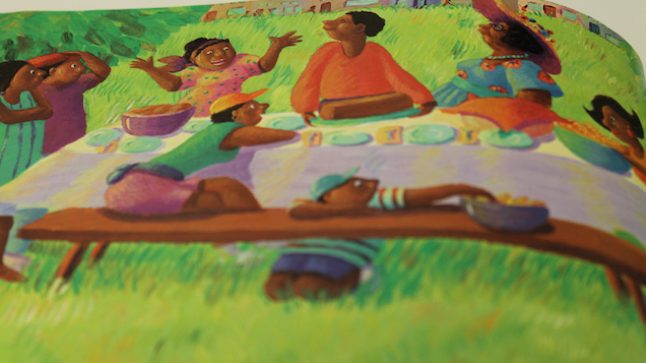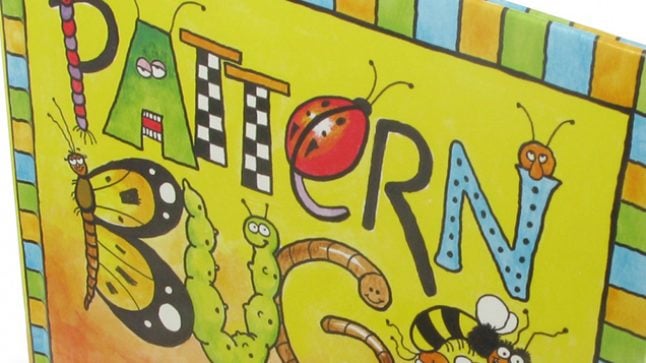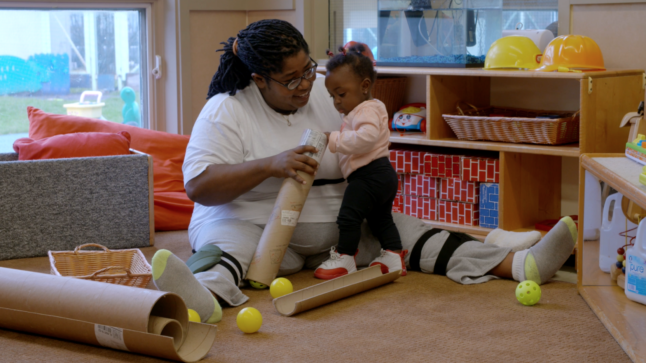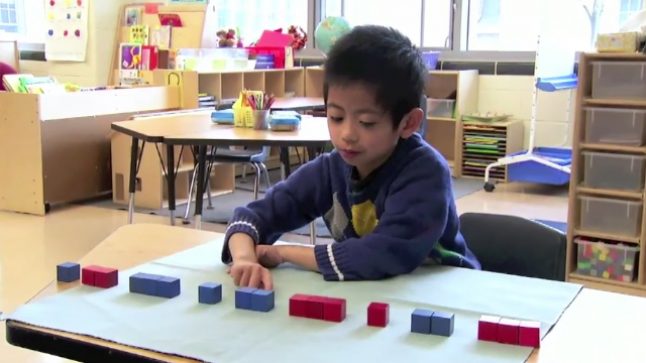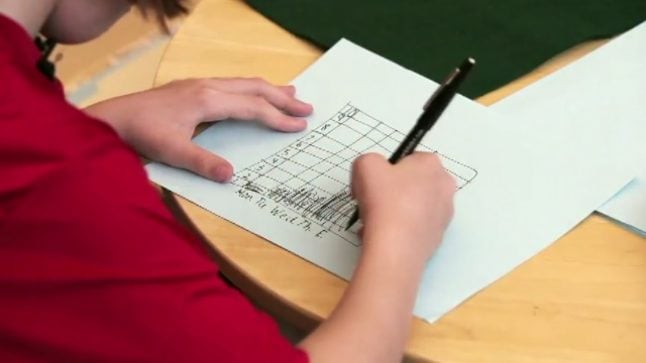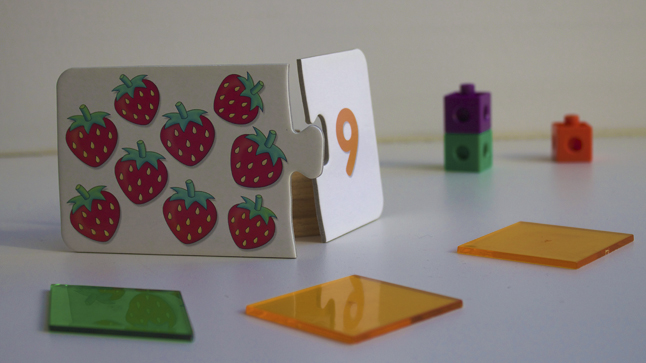Pattern is less a topic of mathematics than a defining quality of mathematics itself. Mathematics “makes sense” because its patterns allow us to generalize our understanding from one situation to another. Children who expect mathematics to “make sense” look for patterns. Children need many opportunities to discover and talk about patterns in mathematics. These experiences help them form the attitude and confidence that mathematics should make sense, the crucial foundation all children need to become persistent and flexible problem solvers.
Copyright: Erikson Institute’s Early Math Collaborative. Reprinted from Big Ideas of Early Mathematics: What Teachers of Young Children Need to Know (2014), Pearson Education.
